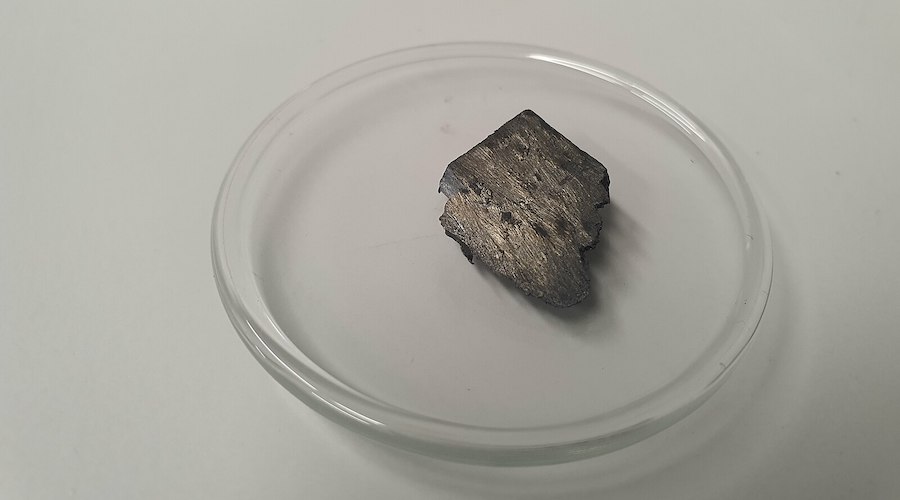Exploring for terbium? Try the galaxy’s hottest exoplanet

Terbium, a rare earth metal that belongs to the lanthanoids, has been detected on KELT-9, the galaxy’s hottest exoplanet, which orbits its distant star about 670 light years from earth.
In a new paper in the journal Astronomy & Astrophysics, Lund University researchers explain that this discovery is exciting because it is the first time terbium is found in an exoplanet’s atmosphere.
“We have developed a new method that makes it possible to obtain more detailed information. Using this, we have discovered seven elements, including the rare substance terbium, which has never before been found in any exoplanet’s atmosphere,” Nicholas Borsato, lead author of the study, said in a media statement.
Terbium was discovered in 1843 by the Swedish chemist Carl Gustaf Mosander in the Ytterby mine in the Stockholm archipelago. The substance is very rare in nature, and 99% of the world’s terbium production today takes place in the Bayan Obo mining district in Inner Mongolia.
“Finding terbium in an exoplanet’s atmosphere is very surprising,” Borsato said.
Most exoplanets are discovered by astronomers making measurements of how brightly stars shine. When an exoplanet passes in front of its star, the star’s brightness decreases. Thanks to their advanced measurement method, the researchers at Lund have succeeded in filtering out the dominant signals in KELT-9 b’s atmosphere. This opens up the possibility of finding out more about the atmospheres of other exoplanets.
“Learning more about the heavier elements helps us, among other things, to determine the age of the exoplanets and how they were formed,” Borsato noted.
Exoplanets, or extrasolar planets, are planets that are in other solar systems than our own. The first confirmed discovery was made in 1992, of an exoplanet orbiting a neutron star. Three years later, the first exoplanet with a sun-like star was discovered. Since then, over 5,000 exoplanets have been recorded. The existence of exoplanets often raises questions about the possibility of life elsewhere in the universe.
“Detecting heavy elements in the atmospheres of ultra-hot exoplanets is another step towards learning how the atmospheres of planets work. The better we get to know these planets, the greater chance we have of finding Earth 2.0 in the future,” Borsato said.
More News
Gold equities going under investors’ radar as metal continues to rise: Peter Schiff
One factor behind the undervaluation of gold mining stocks today is the inflation pressure from last year, says the gold bull.
April 03, 2025 | 02:50 pm
Kazakhstan says it has discovered 20 million ton rare earth metals deposit
If confirmed, the deposit would place Kazakhstan behind only China and Brazil by size of reserves.
April 03, 2025 | 01:40 pm
{{ commodity.name }}
{{ post.title }}
{{ post.excerpt }}
{{ post.date }}



Comments